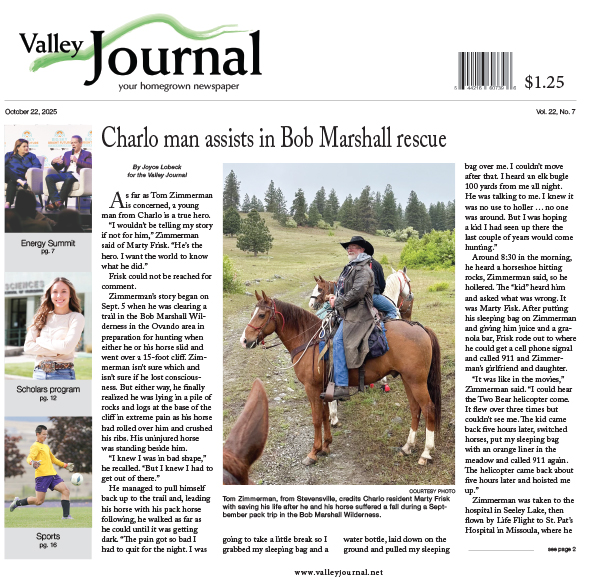Mountain fire swiftly knocked out
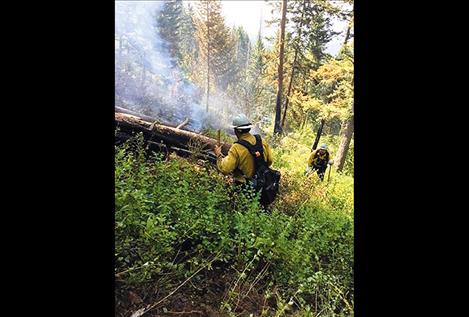
CSKT Division of Fire photo
CSKT Division of Fire crews work to build a fire line around a quarter acre fire.
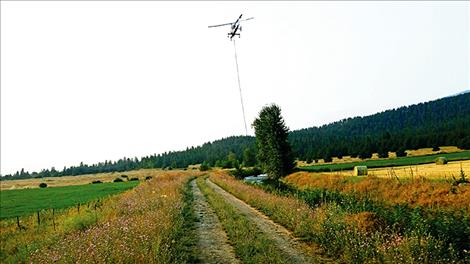
Beau Biggs photo
A helicopter bucket dips into an irrigation ditch on the Biggs Ranch.
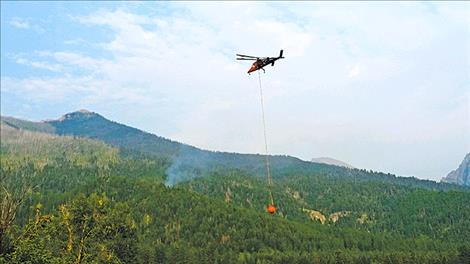
Beau Biggs photo
A small plume of smoke remains after several buckets of water are dropped on the fire.
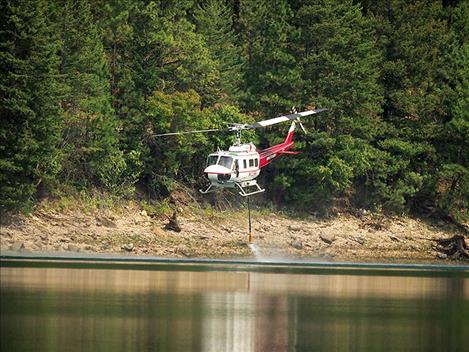
Eugene Beckes photo
Another helicopter drops water on the scene.
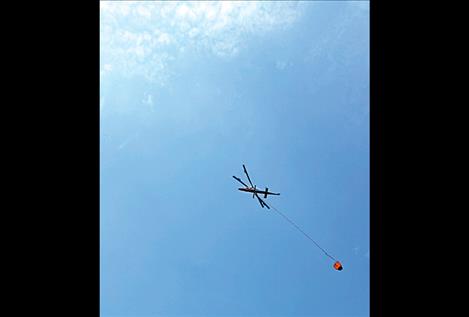
Beau Biggs photo
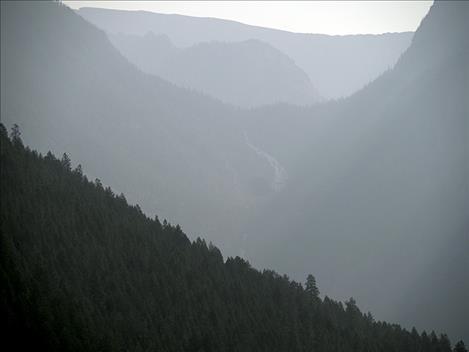
Eugene Beckes photo
Issue Date: 8/8/2018
Last Updated: 8/7/2018 6:49:42 PM |
By
Karen Greene
Keep Reading!
You’ve reached the limit of 3 free articles - but don’t let that stop you.















